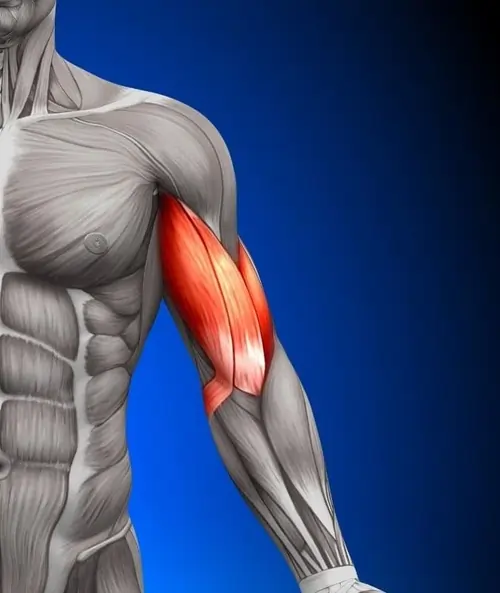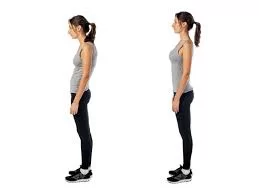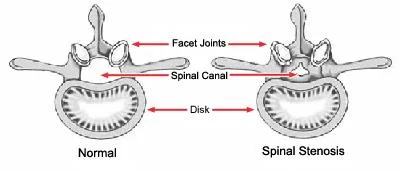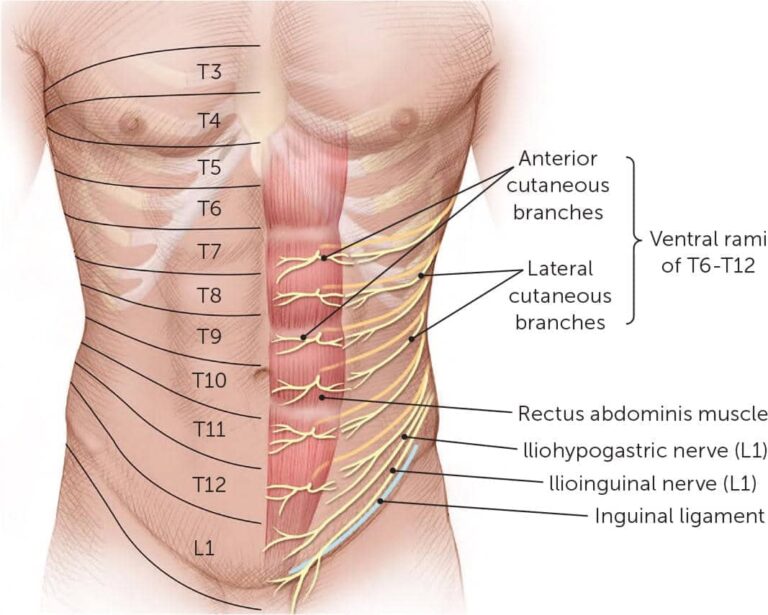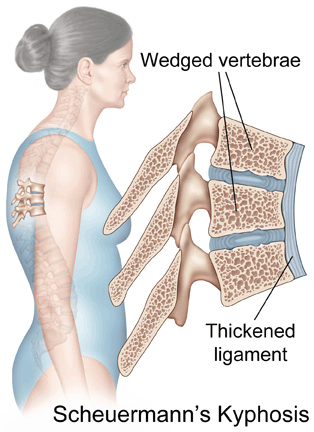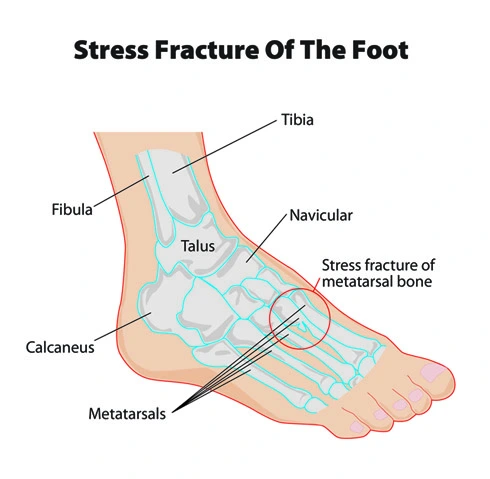Biceps Muscle Pain
- Injury in the biceps muscle & tendon leads to bicep muscle pain & other symptoms.
- Causes of biceps muscle pain include overuse of the muscle & trauma, but it can result in different types of injury.
- The biceps muscle stretch is felt at the upper arm, between the shoulder & the elbow joint.
- So if pain occurs in any part of the upper arm & it may not be possible to muscle injury alone.
- Depending on the symptoms doctor diagnoses the cause of the pain.
- This pain is mostly relief by to RICE principle.
- After that do the exercise & return to normal life.
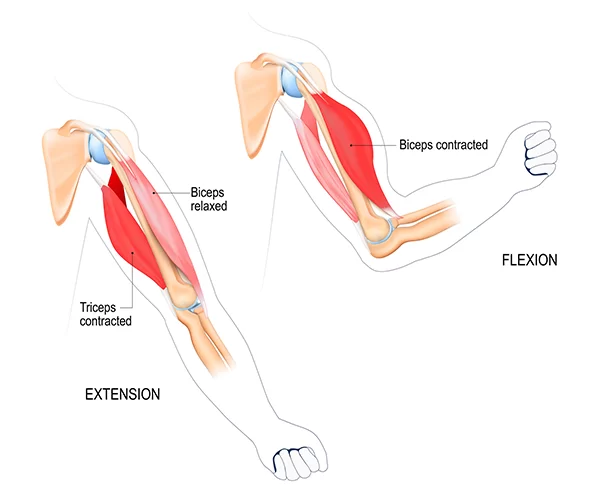
Table of Contents
What is the biceps muscle?
- The biceps muscle is a muscle on the front part of the upper arm.
- The biceps muscle includes two heads = short heads & long heads which is work as a single muscle ofthe biceps muscle.
- The biceps muscle is attached to the arm bones by the tough connective tissues which are known as tendons.
- The tendons that connect the biceps muscle with the shoulder joint in the two places are called the proximal biceps tendons.
- The tendon which is attached to the biceps muscle with the forearm bones means radius & ulna is called the distal biceps tendon.
- When the biceps muscle contracts, it pulls the forearm up & rotates it outward means the lateral side.
What is the cause of the biceps muscle pain?
- Biceps tendinitis:
- Overuse & wear/tear of the biceps muscle which leads to biceps tendinitis means inflammation of the biceps tendon.
- It occurs due to Lifting something heavy/engaging in certain types of physical activity, like sports, which leads to bicep pain. but the most common cause is repetitive movements of the arm.
- Bicep bruise
- This is one of the most common causes of biceps muscle pain in sportspeople.
- This occurs when something hits the biceps muscle with force but without breaking the skin.
- It also occurs due to falls.
- Humerus fracture
- The humerus bone is the bone of the upper arm.
- A fracture of the humerus bone is given as the result of pain.
- It occurs due to indirect injury to the humerus bone by falling on an outstretched arm.
- It also occurs due to hitting it directly by the fall/in a car accident.
- A person can also injure their humerus by, for example, during a
- Brachial plexus injury
- A brachial plexus is a group of nerves in the neck, arm & hand that is responsible for the feeling & movement in the upper limb.
- Damage to the musculocutaneous nerve, which runs down to the length of the arm, is given to result in bicep muscle pain & weakness.
- It occurs due to motorcycle/car crashes, sports injuries, wounds from a gunshot & surgical wounds
- Bicep muscle strains
- Tear in the biceps muscle.
- It occurs due to overuse of the muscle, repetitive movement & twisting of the elbow joint.
- Depending on the severity it is classified in the 3 grade
- Grade 1:Minor injury in the muscle. It occurs when the bicep muscles/tendons are overstretched, but the patient does not lose strength/mobility.
- Grade 2: Moderate injury in the muscle. It occurs due to tearing in the biceps muscle or tendons which is some loss of strength/mobility.
- Grade 3: Complete rip/rupture of the bicep muscle/tendons. this strain needs to surgery repair the muscle.
What are the Symptoms of the biceps muscle injury?
- First, of patient feels pain at the front of the shoulder & during the upper arm bone.
- Weakness in the arm so that patient feels pain during lifting object
- Tenderness present at the biceps muscle
- Swelling present at the area of the pain
- Stiffness feel in the area of the pain
- Bluish coloring of the skin
- Sometimes present of a lump over the area of pain
- In some cases, the patient feels numbness in the upper arm
- Muscle spasm
- Decreased to ROM & strength of the arm
- Sometimes popping sounds are produced in the biceps muscle
When to patient required to contact a doctor for the biceps pain?
- When the patient experiences bicep pain for many days & not decrease after the at-home remedies, like resting & icing the affected area.
- The patient must contact a doctor if the symptoms of biceps pain significantly worsen, which means if the swelling of the area of pain is increases & movement of the arm & shoulder becomes too restricted.
- If the patient feels some emergency sign during the biceps pain that emergency needs to contact the doctor & needs medical treatment :
- Emergency signs = fever, dizziness, shortness of breath, severe pain
What is the Diagnosis of biceps muscle pain?
- First of all, the doctor takes to assessment of the upper limb
- In the assessment first, take a history, it is most important for the pain diagnosis.
- In the observation observe the area of pain & check the presence of swelling & redness.
- In the palpation palpate to the area of the pain & check the palpate the swelling & temperature. also, check the tenderness of the biceps muscle pain & if present of lump palpate the lump.
- In the examination check the ROM & strength of the arm muscle.
- After completion of the assessment & reaching an accurate diagnosis, the doctor to additional tests including :
- X-rays = X-rays are used to electromagnetic radiation which is created to images of structures in the body.
- It is also useful for identifying the potential problems with the bones of the arm & shoulder.
- Ultrasound scans = Doctors are used probes that are produced to sound waves on the skin & create images of the bodily structures.
- MRI scan = MRI scan uses magnets & radio-frequency currents which is produce images of the structures inside the body.
What is the Treatment for biceps muscle pain?
- Most biceps pain is reduced at home with the RICE principle.
- R-Rest = After injury take to rest & avoid to activities which are put to strain on the biceps muscle & tendon.
- I – Ice = Apply ice on the area of the pain for 20 minutes in 1 session & apply to ice many times per day, the patient is also used to the ice pack & frozen peas, it help to reduce the swelling of the area of pain
- C – compression = Apply to compression bandage for the healing of an area of pain & swelling.
- E – elevation = Do the elevate of the hand with the help of the pillow under the hand for release to swelling.
- Over-the-counter medication: the patient is taken to NAISD = non-steroidal anti-inflammatory drugs, like ibuprofen/paracetamol, to reduce the pain & swelling.
- If in the patient lump develops over the injury site of the muscle, a doctor is needed to drain the lamp for healing of the injury
- For the cause of pain of fracture treatment is not required for surgery in every fracture because some fracture heals with the immobilize the arm in a cast.
- After the healing start to exercise with the help of a physiotherapist.
- Some fractures need surgery and after starting to exercise & return to normal life.
- The cause of the pain is Brachial plexus injury needs surgery as nerve grafts, nerve repairs & nerve/muscle/tendon transfers.
What is an exercise for biceps muscle pain?
- Vertical Shoulder Flexion
- Biceps Curls
- Forearm Twists
- Flexion & Extension movement exercise of elbow joint
- Single Shoulder Flexion
Vertical Shoulder Flexion:
- The starting position for the exercise is the standing position.
- The patient stands upright with the injured arm & hanging loose at the side.
- Then Slowly raise the arm by bringing the arm in front of the body till it is vertical over the head.
- In this exercise Make sure to keep the elbow joint straight.
- Then Hold the arm over the head for five seconds, then lower the hand & return back to the side.
- Repeat this exercise 10 times in 1 session.
- Do this exercise in 3 sessions per day.
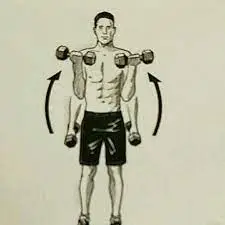
Biceps Curls:
- The starting position for the exercise is the standing position.
- In the Standing position upright with the injured arm & hanging at the affected side & palm facing out.
- Then Gently bend the injured arm at the elbow joint so that brings the palm toward the shoulder joint.
- Hold this exercise position for 30 seconds, then slowly return to the starting position.
- Repeat this exercise 10 times in 1 session.
- Do this exercise in 3 sessions per day.
Forearm Twists:
- The starting position for the exercise is the standing &sitting position.
- Allow the injured arm to hang at the side & then bend the elbow joint to a 90-degree angle.
- Then Turn the palm so it is facing upward & hold the exercise position for 10 seconds.
- Rotate the palm so the forearm faces downward & hold the exercise position for 10 seconds.
- Repeat this exercise 10 times in 1 session.
- Do this Forearm Twists exercise in 3 sessions per day.
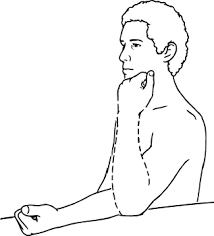
Flexion & Extension movement exercise of the elbow joint:
- The starting position for the exercise is the standing &sitting position.
- Then Flex & extend the elbow joint on the injured side by gently bringing the palm up to the shoulder joint.
- In this exercise Be sure to bend the elbow joint as much as possible.
- Then straightening the arm & elbow joints means returning tothe starting position.
- Repeat this exercise 10 times in 1 session.
- Do this Flexion & Extension movement exercise of the elbow joint exercise in 3 sessions per day.
Single Shoulder Flexion:
- The starting position for the Single Shoulder Flexion exercise is the standing position.
- In the standing position, patient’s arms are at the side.
- Then Keep the affected arm straight & raise the arm forward & up till the points to the ceiling.
- Hold this exercise for 10 seconds & return to the starting position.
- Repeat this exercise 10 times in 1 session.
- Do this exercise in 3 sessions per day.
What is stretching of the biceps muscle pain?
- Biceps Stretch
- Internal Rotation Stretch
- External Rotation Stretch
- Standing bicep stretch
- Seated bicep stretch
- Doorway bicep stretch
Biceps stretch:
- The starting position for the stretching is the standing position.
- The patient stands six inches in front of the wall & holds the affected arm out in a horizontal sign just below shoulder height.
- Then Place the side of the thumb against the wall & -keep the hand palm down.
- After that Gently turn away from the wall in the opposite direction from the arm & the patient will feel a stretch, then hold this stretching position for 30 seconds.
- Repeat this stretching 3 times in 1 session.
- Do this biceps stretch in 3 sessions per day.
Internal Rotation Stretch:
- The starting position for the stretching is the standing position.
- Standing upright & holding a yardstick, broom/other stick behind the back in both hands & knuckles facing down.
- Then Slowly raise the stick in the back with both hands till they feel a stretch in the affected arm.
- Hold this stretching position for 30 seconds, then gently release the arms back down.
- Repeat this stretching 3 times in 1 session.
- Do this Internal Rotation Stretch in 3 sessions per day.
External Rotation Stretch:
- The starting position for the stretching is the standing position.
- The patient is holding an exercise band in both hands at about waist height.
- Then Gently pull the band apart & keep both elbows bent at a right angle so the arms are parallel to the floor.
- When the patient feels a gentle stretch in the arm then slowly released back into the starting position.
- Repeat this stretching 3 times in 1 session.
- Do this External Rotation Stretch in 3 sessions per day.
Standing bicep stretch:
- The starting position of the exercise is the standing position.
- Then Interlace the hands at the base of the spine.
- Straighten the arms & turn the palms to face down.
- Then Raise to arms up as high as possible.
- Hold this stretching position for up to 30 seconds.
- Repeat this stretching 3 times in 1 session.
- Do this Standing bicep stretch in 3 sessions per day.
Seated bicep stretch:
- The starting position of the exercise is the sitting position.
- The patient is Sitting with a bent knee joint & the feet are flat on the floor in front of the hip joint.
- Place the hands on the floor behind with the fingers facing away from the body.
- Then Evenly distribute the weight between the feet, buttocks,& arms.
- Slowly scoot the buttocks forward, toward the feet, without moving the hands.
- Hold this stretching position for up to 30 seconds.
- Then Return to the starting position & relax for a few moments.
- Repeat this stretching 3 times in 1 session.
- Do this Seated bicep stretch in 3 sessions per day.
Doorway bicep stretch:
- The patient is Standing in a doorway with the left hand which is grasping the doorway at waist level.
- Step forward with the left foot, bend the knee joint & yield to weight forward.
- The patient feels the stretch in the arm & shoulder while maintaining a slight bend in the elbow joint.
- Hold this stretching position for 30 seconds.
- Repeat this stretching 3 times in 1 session.
- Do this Doorway bicep stretch in 3 sessions per day
Is it possible to prevent biceps muscle pain?
- Yes, it is possible to prevent biceps muscle pain.
- Avoid participating in a sports activity that involves repetitive movement.
- Always do the warm-up & stretching before and after every exercise.
- Prevention of the tear/strain
- Avoid falling & check the balance
- Always Drink plenty of water during all activities

